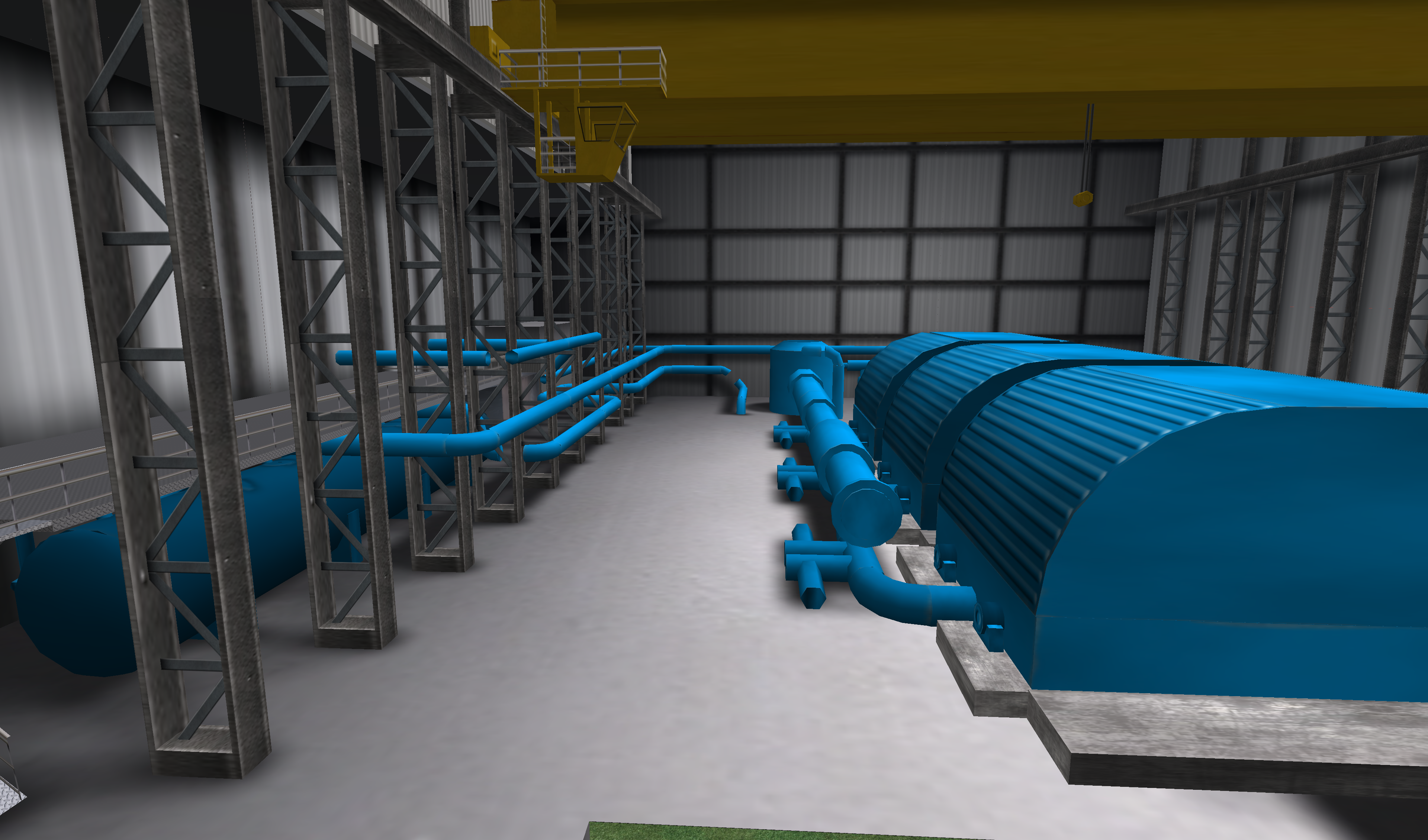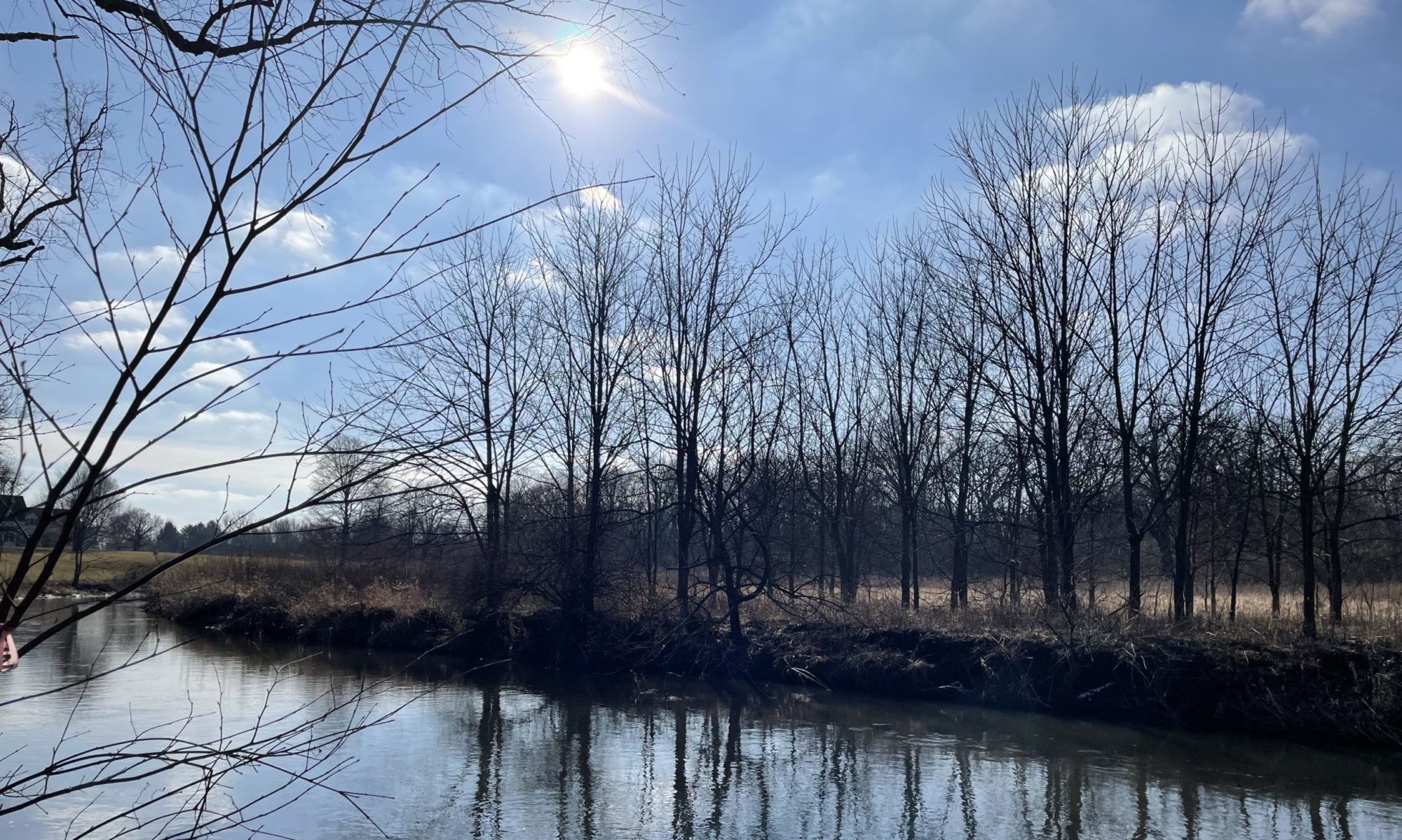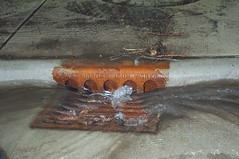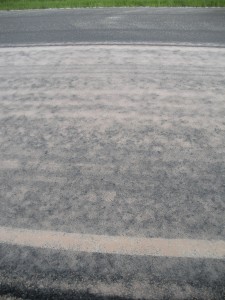There's been a lot of talk lately about acceptance of failure. Probably because people are pushing for innovation, and it's difficult to innovate if you're afraid to fail. Thus the numerous posts of encouragement across the Internet assuring all of us that failure is ok. Of course as engineers, failure is not something we want to experience. In some cases, an engineering failure can result in loss of life or property damage. So engineers are very careful about eliminating failure as an option. But I suppose, we could consider acceptance of failure in areas of our lives not involving an engineering design. In other words, we should look for those pockets of opportunity throughout our day where innovation with a risk of failure could be an option.
Of course, our conservative and analytical approach requires us to ask, why? Why should we do this when our carefully planned and well calculated approach to life works just fine? To answer this, let's take a look at how others fail and the impacts they experience due to that failure.
If you have children, it will be very easy to think of how they fail. And it seems that the younger they are, the more they fail. Children are born with few skills and knowledge, but from the time they begin life on their own, they start to search out and learn as much as they can. But this learning process rarely goes smoothly – how many times does a baby fall before he learns to confidently walk? Some parents stand back allowing a certain amount of failure – these are the parents who will say, "let him go; he needs to learn." Other parents hover over their children waiting to rescue them at the hint of trouble. And this approach continues on until they turn into an adult and perhaps for some parents even later. Although I am not sure the same parent takes the same approach every year of their child's life. The one thing I am sure about is we cannot do everything for our child all the time jumping in before the point of imminent failure and save the day then think at age 18 they magically know everything and can go off merrily on their own. They need to learn, and like it or not, they learn through failure. Or they never become fully independent adults.
Now, the lesson is not to let your kid go off doing everything without resriction and hope they survive thinking that is the only way they will learn. After all some risks must be avoided, and as parents, we need to monitor the risks we allow our children to take. But not allowing risk at all not only removes their chance of learning life skills, it also conditions their adult behavior. Which kind of makes you wonder if engineers with their ultra conservative approach to life were raised by parents who minimized risks. I don't know – that's for the psychologists to figure out.
Now, let's look at what our risk aversion has done to our profession. Yes, it allowed us to continually improve our designs allowing for a much safer and more environmentally friendly world. And that is not something to dismiss – it's an amazing achievement for our society. But could we have done more if we better understood failure and risk and were able to distinguish the "ok to fail" opportunities. We explored the results of not innovating with the rest of the world in the "Does Civil Engineering Have a Next Paradigm?" and in "The Rise and Fall (and Rise Again?) of Engineering Consulting Firms."
 Perhaps this is why I have been so intrigued by games and 3D environments. I don't want to take risks with what I do at work, so while I create successful projects with this approach, I perhaps miss out on insights provided by failures. But what I have quickly learned using games and spending time in virtual worlds is I can fail there all I want, and no one gets hurt including myself. And by doing so, I learn amazing things. We can never tell engineers working on an actual project to just go ahead and try any pipe size just to see what will happen. But we can in a game or in a 3D virtual world. Having a water system or plant set up in a game or virtual world where we could switch out pipe sizes, or pumps, or fittings and watch what happens to the system would provide a great learning opportunity. How much better and faster a hydraulics or fluids lesson would sink in if we could calculate the result then actually try it out in an environment designed to safely allow for failure.
Perhaps this is why I have been so intrigued by games and 3D environments. I don't want to take risks with what I do at work, so while I create successful projects with this approach, I perhaps miss out on insights provided by failures. But what I have quickly learned using games and spending time in virtual worlds is I can fail there all I want, and no one gets hurt including myself. And by doing so, I learn amazing things. We can never tell engineers working on an actual project to just go ahead and try any pipe size just to see what will happen. But we can in a game or in a 3D virtual world. Having a water system or plant set up in a game or virtual world where we could switch out pipe sizes, or pumps, or fittings and watch what happens to the system would provide a great learning opportunity. How much better and faster a hydraulics or fluids lesson would sink in if we could calculate the result then actually try it out in an environment designed to safely allow for failure.



